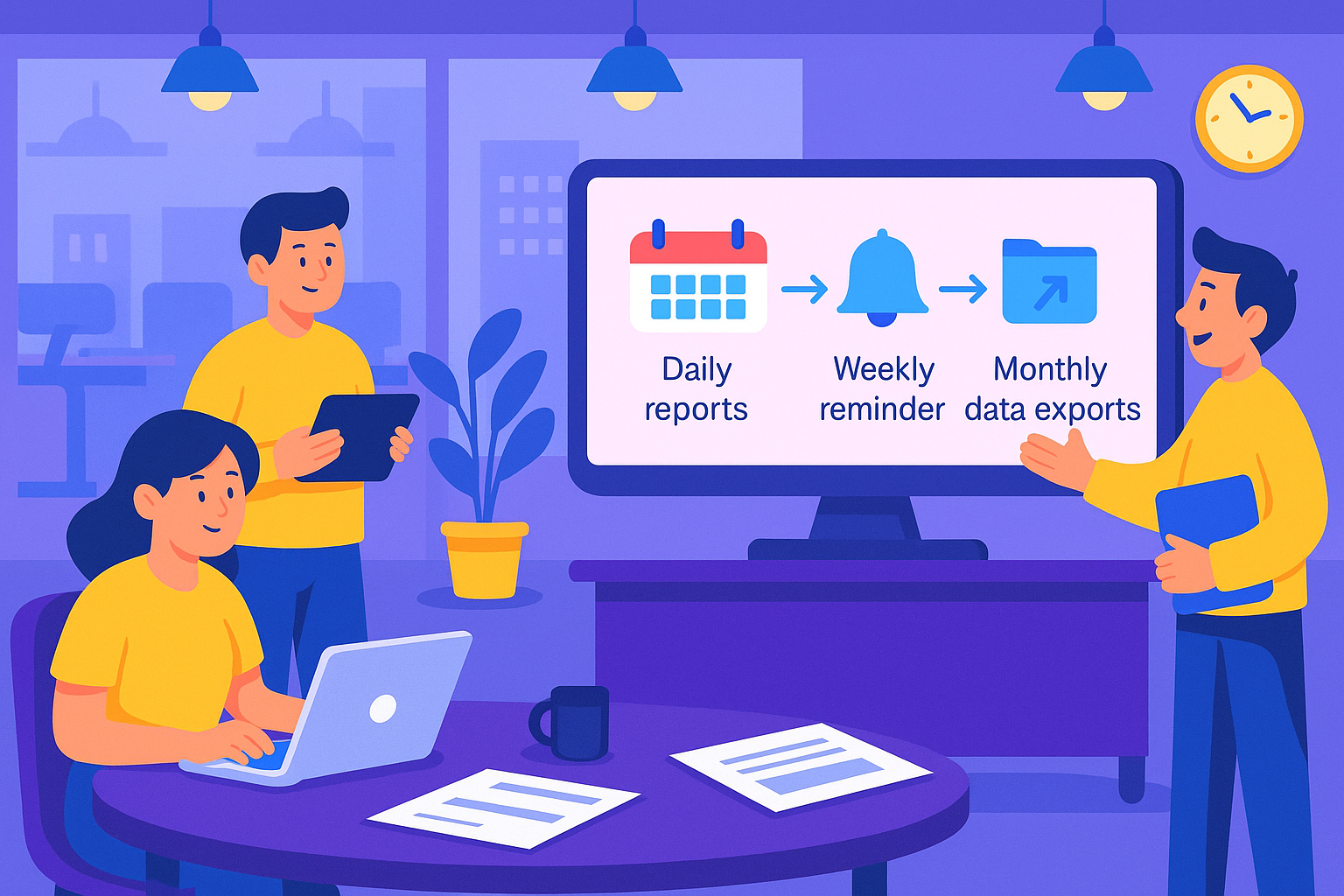Low code can form common and reusable code into componentized modules, and drag and drop components into applications through a graphical interface, thereby creating various forms and applications with low code or no code. It is known for reducing costs, improving efficiency, and lowering the threshold of technology and personnel.

Today, some business management thinking has been actively changing. Digital transformation is the process of management strategy, synchronous execution, and agile innovation. It aims to flexibly responding to changing markets and quickly determining the end business direction.
So what impact does low-code have on business operations and management transformation?
OutSystems-the fuse of the rise of low code
OutSystems is a company that has been established for 16 years and has focused on low-code development platforms for 12 years. In 2018, it received 3.6 billion USD investment from KKR and Goldman Sachs, with a valuation of more than 1 billion USD. In the same year, Mendix, a low code development platform, was acquired by Siemens for $700 million. In early May 2019, the listed software company Magic acquired PowPow, a low code startup enterprise.
Faster, deeper and more important
Faster means that the iteration of the software itself continues to accelerate. Deeper means that the problems that the software solves are no longer limited to specific management functions, but to expand new boundaries to address diverse problems including data statistics, process optimization and innovative business. More importantly, it means that in the digital age, information and business management have become the core features of enterprises to respond to the changing market. Therefore, development capabilities and speed are an important part of corporate competitiveness. With slight delays, opportunities will vanish.

Low code development can well avoid the drawbacks of customized software and buying ready-made software
There are generally two ways for enterprises to meet the demand for software. One is customized software with professional IT company, the other is to buy the finished product directly. However, the former has long development cycle with large investment. And the latter may directly cause waste of resources. For example, a SaaS product purchased by an enterprise may have 100 functions, of which only 10 parts are needed when using. Low code development can well avoid the above disadvantages. It can shorten the development circle under the condition of satisfying certain personalization. At the same time, it can quickly solve various diversified and changing needs of enterprises through configurable and changeable tools.
Types of low code companies
The first type is a cloud platform based on low-code tools, and also serves third-party developers or customers with development needs. The second type is mainly to support their products or solutions with low-code tools. Yeeflow belongs to the second one. In this second mode, low code is actually a product attribute or capability. Its core value is to reduce the R&D cost of SaaS products and improve delivery efficiency. Meanwhile, it allows people to create their own forms and applications to enhance the customer experience.
However, the low code is not to build a house directly, but to make an engine and system that can build various houses repeatedly. Although there is no need to overcome cutting-edge technology, the complexity of the technology is extremely high. A product cannot solve all problems. In the end, no matter what kind of user it is for, you will find that it is difficult for the product to be universal. However, in some way, Yeeflow can be applied to various large and small companies.
Innovation around development needs will continue to develop in two directions
One is to directly improve development efficiency, which is the important part. Developers are currently main resource for competition among low-code development platforms. According to APICloud, they have accumulated more than 800,000 registered developers in the field of mobile development, of which 20% are active developers. Outsystems said they added more than 6,000 developers last year, treating this as the second crucial indicator in addition to revenue. The second is to allow business personnel to better communicate with developers. This is actually the most difficult part of development work, and it is a major trend of low code in the future as well-no code
In short, low code is the general trend, and it can completely help lower the threshold of development.







